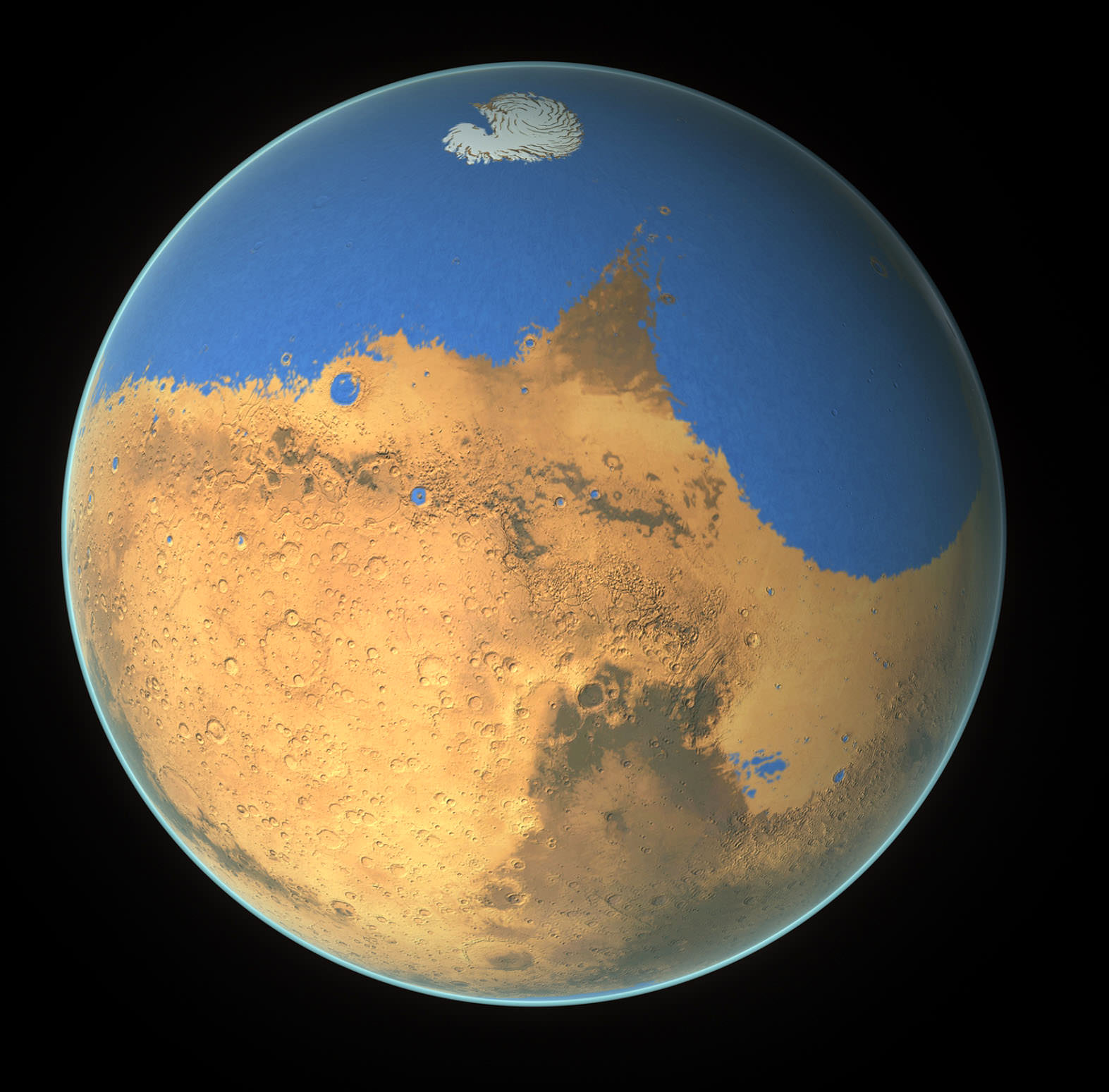Popular science history paints a picture of the Greek geocentric model dominating astronomical thought beginning around the 3rd century BCE, and being the favored model for ~1,500 years. Then, suddenly (it suggests), astronomical thought was overhauled at the birth of the Renaissance by brilliant astronomers such as Copernicus, Kepler, and Galileo, all of whom rejected placing the Earth at the center of the cosmos.
But these sources are generally quiet on why this shift occurred. If mentioned at all, sources generally suggest that it was because the Ptolemaic geocentric model was too complicated – overly burdened with epicycle and equants. Heliocentrism, in comparison, was simple – elegant, even.
Yet, Copernicus’ heliocentric model was still rooted in the Greek philosophical principles of uniform circular motion. Thus, it too was forced to adopt many of the complications we’re regularly told were the reason for rejecting Ptolemy’s model – epicycles included.
So, why then, did Copernicus actually turn his back on over 1,500 years of astronomical thought?
The answers are an interesting glimpse into the astronomical paradigm of the 16th century.
Continue reading “Why Did Copernicus Reject Geocentrism?”










